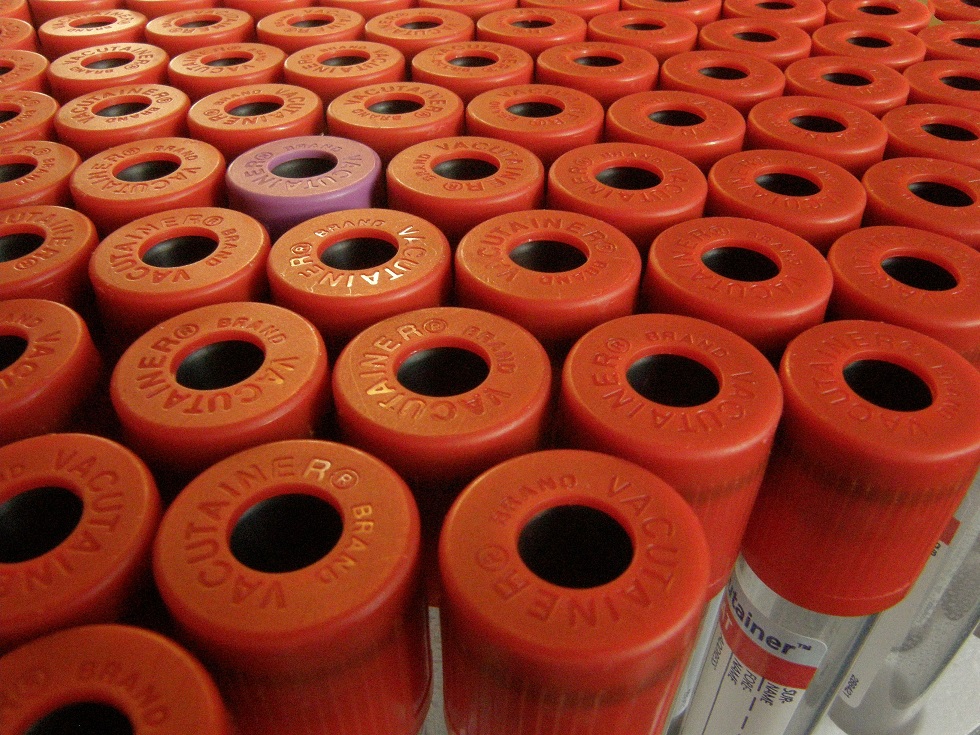Species: All (but less useful in birds/reptiles)
Specimen: Plasma or serum
Container: EDTA, lithium heparin or red top tube
Collection protocol: Fasted sample preferred.
Special handling/shipping requirements: Standard
General information about the disease: Used as a traditional but poorly precise/sensitive indicator of renal function / Glomerular filtration rate (GFR)
General information about when this test is indicated:
Most of the urea produced by the body is excreted through the kindeys. Reduced GFR increases serum urea (BUN), but BUN is also affected by many extrarenal factors. Increased dietary protein, upper GI bleeding, and increased protein catabolism can increase BUN, and conversely low protein intake and reduced hepatic function can reduce it. Also affected by tubular flow rate (so hydration status is relevant). Patient may experience significant reduction in functional nephron number/GFR (>75%) before serum urea is significantly increased. Reductions in GFR from prerenal, renal, or postrenal causes cannot be distinguished as all may increase serum urea.
Major differentials:
- Increase: Reduced renal perfusion (dehydration, shock, cardiovascular disease, hypoadrenocorticism), urinary tract obstruction or rupture, renal disease. Extrarenal (dietary protein, GI haemorrhage, catabolic state)
- Decrease: Hepatic dysfunction/shunt, protein malnutrition/malabsorption, fluid therapy, polydipsia.
Comparison with other related tests: Tends to parallel serum creatinine in renal disease or reduced renal perfusion. When only urea is increased look for extrarenal cause. Should be interpreted in conjunction with urinalysis.

